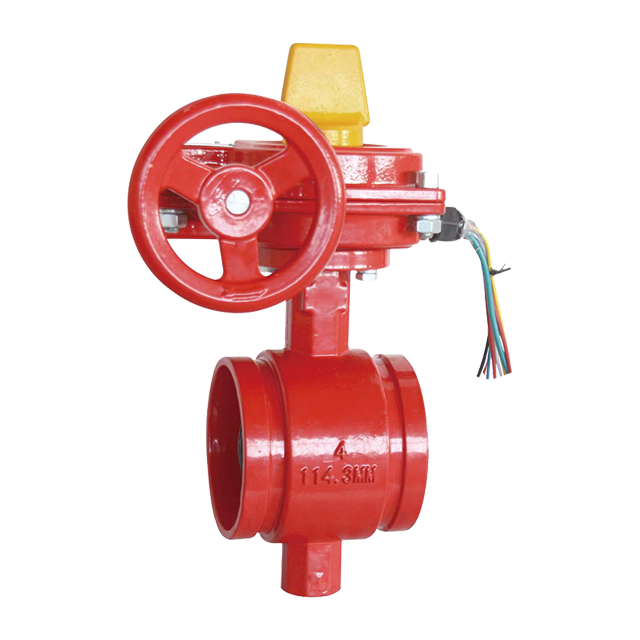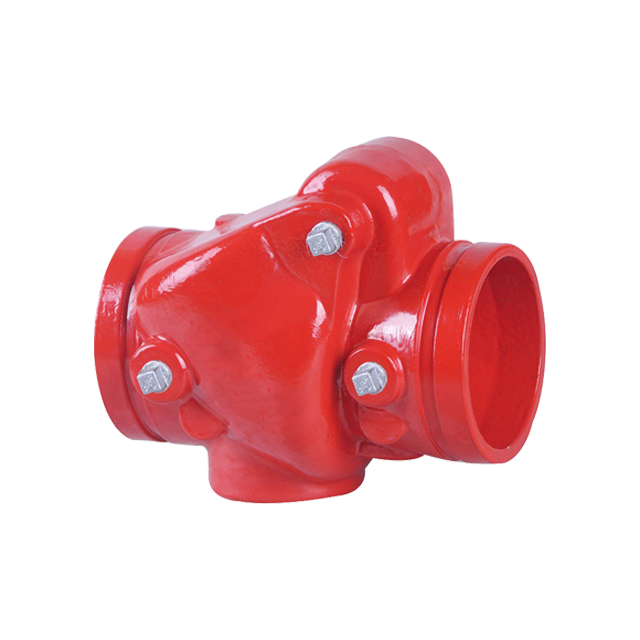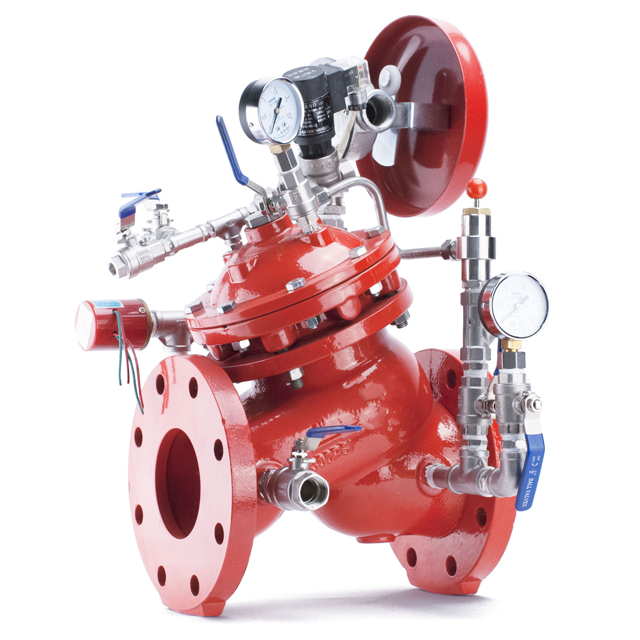Firefighting systems are critical components in building safety, responsible for controlling and mitigating fires in emergency situations. Valves play an essential role within these systems, controlling the flow, pressure, and distribution of water or firefighting agents. Understanding the different types of valves and their functions is crucial for designing, maintaining, and operating an efficient firefighting system. Here, we’ll explore the most commonly used valves in firefighting systems and their specific roles.
1. Gate Valve
The gate valve is one of the most fundamental valves in firefighting systems, primarily used for on/off control rather than throttling. It operates by lifting a gate or wedge out of the path of the fluid, allowing water or firefighting agents to flow freely through the system. When closed, it creates a tight seal that prevents any fluid from passing through. Gate valves are often installed in sprinkler systems, standpipes, and other firefighting systems due to their reliability and durability.

Advantages: Minimal resistance when fully open, ensuring maximum water flow.
Limitations: Not designed for throttling; frequent adjustments can cause wear.
2. Butterfly Valve
Butterfly valves are another common choice in firefighting systems, especially in high-flow applications. These valves consist of a rotating disk inside the valve body, which, when turned, either permits or blocks fluid flow. Butterfly valves are typically used in large-diameter pipes due to their lightweight design and ease of operation. They are also suited for quick on/off control and are often equipped with a gearbox or actuator for manual or automatic operation.

Advantages: Quick operation, compact design, and suitable for throttling.
Limitations: Not suitable for high-pressure applications, and can cause flow turbulence when partially open.
3. Check Valve
Check valves (also known as one-way or non-return valves) are critical in preventing backflow, which can be particularly hazardous in firefighting systems. Backflow can lead to contamination of water supplies or reduce system pressure, hindering the firefighting effort. Check valves automatically close when water flow reverses, ensuring that water flows in only one direction. They are commonly placed at points where backflow prevention is critical, such as on pumps, hydrants, and sprinkler systems.

Advantages: Prevents backflow, which is essential for system integrity.
Limitations: Can malfunction if debris or sediment builds up.
4. Pressure-Reducing Valve
In some firefighting systems, especially those in high-rise buildings, it’s essential to control water pressure to prevent damage to pipes and equipment. Pressure-reducing valves ensure that water pressure remains at a safe and consistent level, protecting system components and improving firefighting safety. These valves automatically adjust the pressure to a preset level, regardless of fluctuations in the supply line.
Advantages: Protects components from over-pressurization and ensures safe pressure levels for firefighters.
Limitations: Requires periodic maintenance to ensure accurate pressure control.
5. Alarm Valve
The alarm valve is specifically used in wet pipe sprinkler systems. This valve is designed to signal when water begins to flow into the sprinkler piping due to an activated sprinkler head. When water enters the alarm valve, it activates an alarm that notifies building occupants and emergency personnel of the fire. The alarm valve is vital for early detection and prompt response to fires.
Advantages: Provides an immediate alarm signal, enhancing fire response time.
Limitations: Only suitable for wet pipe systems; regular inspection is necessary.
6. Deluge Valve
Deluge valves are essential in deluge fire protection systems, which are designed to deliver a large amount of water over a wide area in a short period. In a deluge system, all sprinklers or nozzles discharge simultaneously when the valve is activated. Deluge valves are kept closed and are activated by a fire detection system, which releases water into the piping when a fire is detected. These systems are commonly used in high-risk areas, such as chemical plants and fuel storage facilities.
Advantages: Provides rapid water distribution over a large area.
Limitations: High water consumption; requires precise control to avoid unnecessary discharge.

7. Globe Valve
Globe valves are ideal for systems requiring flow control, as they offer good throttling capability and are used in systems where flow adjustment is necessary. In a globe valve, a plug or disk moves perpendicular to the valve seat to regulate flow. They are commonly found in firefighting water supply lines and are used to control the flow rate for specific requirements.
Advantages: Excellent for flow regulation and throttling.
Limitations: Higher resistance than other valves, potentially reducing flow capacity.
8. Ball Valve
Ball valves are used in many firefighting systems for quick shut-off and on/off control. They operate by rotating a ball within the valve body, which has a hole through the center. When the hole aligns with the pipe, flow is permitted; when turned perpendicular, it blocks the flow. Ball valves are easy to operate and require only a quarter-turn for full opening or closing, making them ideal for emergency shut-off scenarios.
Advantages: Quick shut-off, compact design, and low maintenance.
Limitations: Not ideal for throttling; can wear out with frequent adjustments.
Conclusion
Valves in firefighting systems are diverse, each serving a specific purpose within the system. From gate valves that control main water supply to alarm valves that provide early warnings, these components are essential to effective fire protection. Selecting the appropriate valves depends on factors like system type, building structure, water pressure, and operational needs. Regular inspection, testing, and maintenance are critical to ensure that each valve functions correctly, ensuring safety and reliability when fire emergencies arise.
Post time: Oct-30-2024
